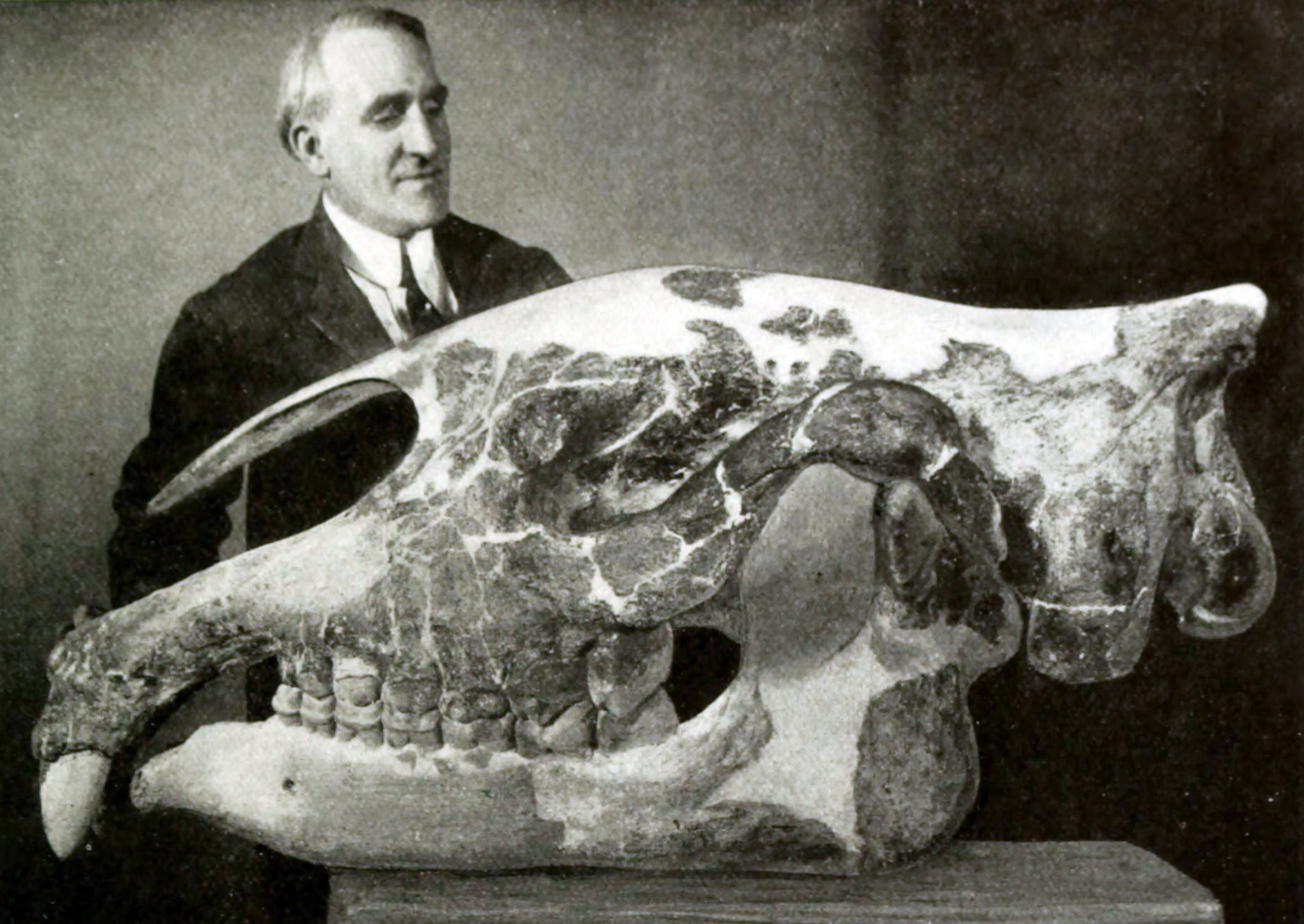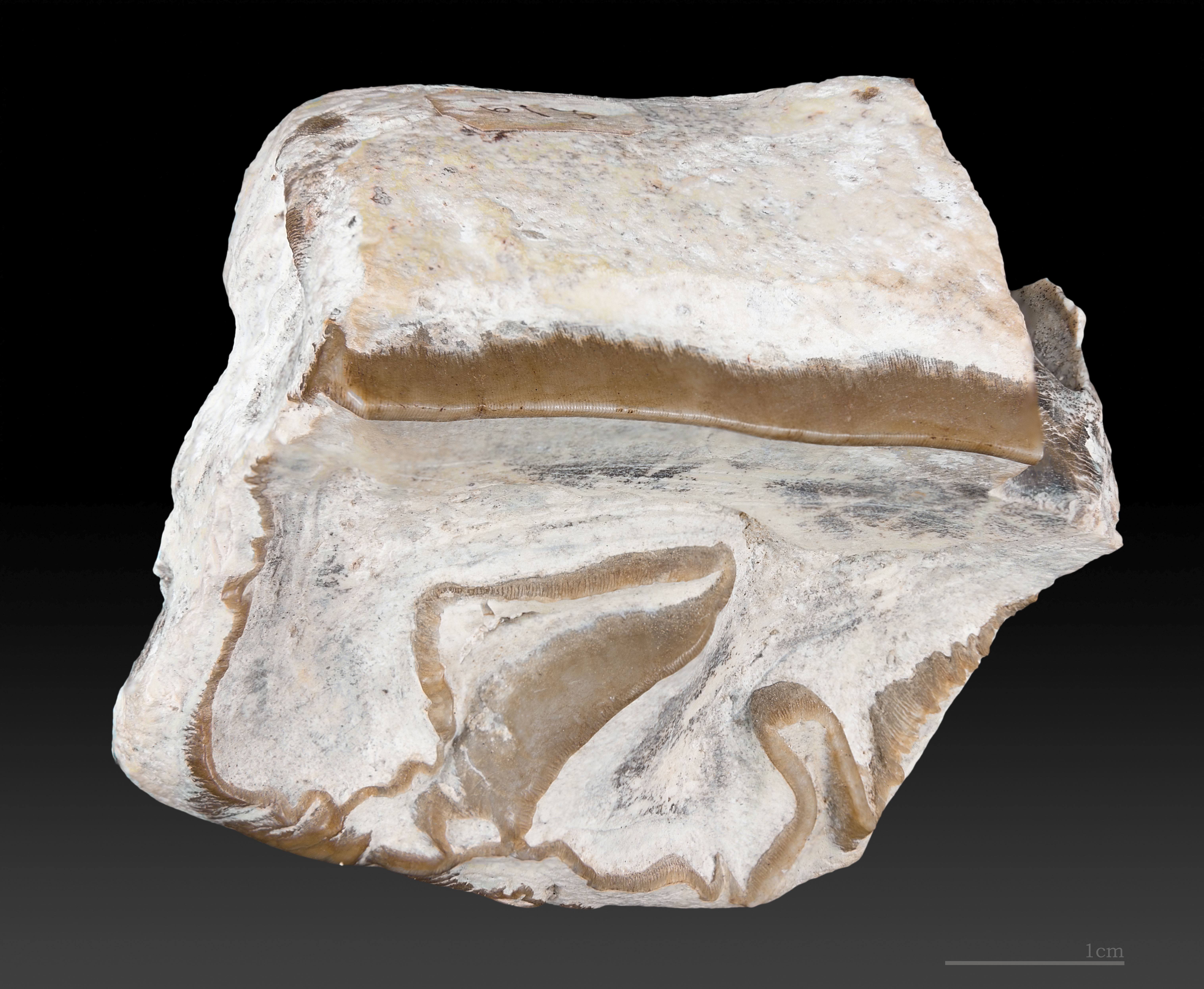|
Rhinocerotoidea
Rhinocerotoidea is a superfamily (taxonomy), superfamily of Perissodactyla, perissodactyls that appeared 56 million years ago in the Paleocene. They included four extinct families, the Amynodontidae, the Hyracodontidae, the Paraceratheriidae, and the Eggysodontidae. The only extant family is the Rhinocerotidae (true rhinoceroses), which survives as five living species. Extinct non-rhinocerotid members of the group are sometimes considered rhinoceroses in a broad sense. Although the term 'rhinoceroses' is sometimes used to refer to all of these, a less ambiguous vernacular term for this group is 'rhinocerotoids'. The family Paraceratheriidae contains the largest land mammals known to have ever existed. Taxonomy The cladogram below follows a phylogenetic analysis by Bai ''et al.'' (2020): References {{Authority control Rhinocerotoidea, Ceratomorpha Mammal superfamilies Taxa named by John Edward Gray ... [...More Info...] [...Related Items...] OR: [Wikipedia] [Google] [Baidu] |
Perissodactyla
Perissodactyla (, ), or odd-toed ungulates, is an order of ungulates. The order includes about 17 living species divided into three families: Equidae (horses, asses, and zebras), Rhinocerotidae (rhinoceroses), and Tapiridae (tapirs). They typically have reduced the weight-bearing toes to three or one of the five original toes, though tapirs retain four toes on their front feet. The nonweight-bearing toes are either present, absent, vestigial, or positioned posteriorly. By contrast, artiodactyls (even-toed ungulates) bear most of their weight equally on four or two (an even number) of the five toes: their third and fourth toes. Another difference between the two is that perissodactyls digest plant cellulose in their intestines, rather than in one or more stomach chambers as artiodactyls, with the exception of Suina, do. The order was considerably more diverse in the past, with notable extinct groups including the brontotheres, palaeotheres, chalicotheres, and the paracer ... [...More Info...] [...Related Items...] OR: [Wikipedia] [Google] [Baidu] |
Eggysodontidae
Eggysodontidae is a family of perissodactyls, closely related to rhinoceroses. Fossils have been found in Oligocene deposits in Europe, the Caucasus, Central Asia, China, and Mongolia. Taxonomy The family Eggysodontidae has been at times considered a subfamily of Hyracodontidae The Hyracodontidae are an extinction, extinct Family (biology), family of rhinocerotoids endemic to North America, Europe, and Asia during the Eocene through early Oligocene, living from 48.6 to 26.3 million years ago (Mya), existing about . The ..., as Eggysodontinae, by several authors. However, recent analyses have leaned towards recognizing eggysodonts as a distinct family more closely related to crown Rhinocerotoidea than to hyracodonts or paraceratheres.B. Bai and Y.-Q. Wang. 2012. Proeggysodon gen. nov., a primitive Eocene eggysodontine (Mammalia, Perissodactyla) from Erden Obo, Siziwangqi, Nei Mongol, China. Vertebrata PalAsiatica 50(3):204-218 Biology Eggysodonts were ground-dwelling browser ... [...More Info...] [...Related Items...] OR: [Wikipedia] [Google] [Baidu] |
Paraceratherium
''Paraceratherium'' is an extinct genus of hornless rhinocerotoids belonging to the family Paraceratheriidae. It is one of the largest terrestrial mammals that has ever existed and lived from the early to late Oligocene epoch (34–23 million years ago). The first fossils were discovered in what is now Pakistan, and remains have been found across Eurasia between China and the Balkans. ''Paraceratherium'' means "near the hornless beast", in reference to '' Aceratherium'', the genus in which the type species ''P. bugtiense'' was originally placed. The exact size of ''Paraceratherium'' is unknown because of the incompleteness of the fossils. The shoulder height was about , and the length about . Its weight is estimated to have been about . The long neck supported a skull that was about long. It had large, tusk-like incisors and a nasal incision that suggests it had a prehensile upper lip or proboscis (trunk). The legs were long and pillar-like. The lifestyle of ''Paracera ... [...More Info...] [...Related Items...] OR: [Wikipedia] [Google] [Baidu] |
Rhinoceros
A rhinoceros ( ; ; ; : rhinoceros or rhinoceroses), commonly abbreviated to rhino, is a member of any of the five extant taxon, extant species (or numerous extinct species) of odd-toed ungulates (perissodactyls) in the family (biology), family Rhinocerotidae; it can also refer to a member of any of the extinct species of the superfamily Rhinocerotoidea. Two of the extant species are native to Africa, and three to South Asia, South and Southeast Asia. Rhinoceroses are some of the largest remaining megafauna: all weigh over half a tonne in adulthood. They have a herbivore, herbivorous diet, small brains for mammals of their size, one or two horns, and a thick , protective skin formed from layers of collagen positioned in a crystal structure, lattice structure. They generally eat leafy material, although their ability to ferment food in their colon (anatomy), hindgut allows them to subsist on more fibrous plant matter when necessary. Unlike other perissodactyls, the two African ... [...More Info...] [...Related Items...] OR: [Wikipedia] [Google] [Baidu] |
Amynodontidae
Amynodontidae ("defensive tooth") is a family of extinct perissodactyls related to true rhinoceroses. They are commonly portrayed as semiaquatic hippo-like rhinos but this description only fits members of the Metamynodontini; other groups of amynodonts like the cadurcodontines had more typical ungulate proportions and convergently evolved a tapir-like proboscis. The Greek name of the family describes their tusks, derived from enlarged canine teeth. Odd-toed ungulates are herbivores, so these tusks would have been used either to deter or defend against predators (as suggested by the name) or perhaps in fights among males. Their fossils have been found in North America, and Eurasia ranging in age from the Middle Eocene to the Early Oligocene, with a single genus (''Cadurcotherium'') surviving into the Late Oligocene in South Asia (Pakistan). Taxonomy †Amynodontidae *Subfamily Amynodontinae **Tribe Cadurcodontini ***Genus '' Cadurcodon'' ***Genus '' Lushiamynodon'' ***Genu ... [...More Info...] [...Related Items...] OR: [Wikipedia] [Google] [Baidu] |
Hyracodon
''Hyracodon'' ('hyrax tooth') is an extinct genus of perissodactyl mammal. It was a lightly built, pony-like mammal of about 1.5 m (5 ft) long. ''Hyracodons skull was large in comparison to the rest of the body. ''Hyracodon's'' dentition resembled that of later rhinocerotoids, but it was a much smaller animal and differed very little in appearance from the primitive horses of which it was a contemporary (32–26 million years ago). It had a short, broad snout and its long, slender limbs had three digits. Like the primitive horses, hyracodonts inhabited open forests and wooded steppes and turned from browsing foliage to grazing grass. They died out without leaving any descendants and they mark the end of the phylogenetic In biology, phylogenetics () is the study of the evolutionary history of life using observable characteristics of organisms (or genes), which is known as phylogenetic inference. It infers the relationship among organisms based on empirical da ... [...More Info...] [...Related Items...] OR: [Wikipedia] [Google] [Baidu] |
Hyracodontidae
The Hyracodontidae are an extinction, extinct Family (biology), family of rhinocerotoids endemic to North America, Europe, and Asia during the Eocene through early Oligocene, living from 48.6 to 26.3 million years ago (Mya), existing about . The Hyracodontidae thrived in the rainforests of Kazakhstan, Pakistan, and southwest China, a former coastal region. Fossil evidence also extends their geographical range to Germany, as well as to Mongolia. References Further reading * Lucas, S. G. & Sobus, J. C., (1989), The Systematics of Indricotheres. 358–378 in Prothero, D. R. & Schoch, R. M., (eds.) 1989: The Evolution of Perissodactyls, Oxford University Press, New York, New York & Oxford, England. Rhinocerotoidea Prehistoric rhinoceroses Oligocene Perissodactyla Rupelian extinctions Prehistoric mammals of North America Prehistoric mammals of Europe Prehistoric mammals of Asia Eocene first appearances Prehistoric mammal families Taxa named by Edward Drinker Cope {{paleo- ... [...More Info...] [...Related Items...] OR: [Wikipedia] [Google] [Baidu] |
Uintaceras
''Uintaceras'' is an extinct genus of medium-sized early rhinocerotoids that lived in North America (Wyoming and Utah Utah is a landlocked state in the Mountain states, Mountain West subregion of the Western United States. It is one of the Four Corners states, sharing a border with Arizona, Colorado, and New Mexico. It also borders Wyoming to the northea ...) during the Middle Eocene, with only the type species ''U. radinskyi'', named in 1997, currently contained within the genus.L. T. Holbrook and S. G. Lucas. 1997. A New Genus of Rhinocerotoid from the Eocene of Utah and the Status of North American "'' Forstercooperia''". ''Journal of Vertebrate Paleontology'' 17(2):384-396 Traditionally considered the oldest and most primitive species of the Rhinocerotidae, it may instead have been a close relative of the Asian Paraceratheriidae. The dubious species '' Forstercooperia'' ('' Hyrachyus'') ''grandis'' (Radinsky, 1967; Peterson, 1919)Peterson, O.A. (1919). "Report up ... [...More Info...] [...Related Items...] OR: [Wikipedia] [Google] [Baidu] |
Hyrachyus
''Hyrachyus'' (from ''Hyrax'' and "pig") is an extinct genus of perissodactyl mammal that lived in Eocene Europe, North America, and Asia. Its remains have also been found in Jamaica. It is closely related to ''Lophiodon''.Hayden, F.V''Report of the United States Geological Survey of the Territories'', Volume III (1883) Description The 1.5-m-long beast was related to palaeotheres, and suspected to be the ancestor of modern tapirs and rhinoceroses. Physically, it would have looked very similar to modern tapirs, although it probably lacked the tapir's characteristic proboscis. Its teeth, however, resembled those of a rhinoceros, supporting the idea of its relationship with that group. References Eocene Perissodactyla Transitional fossils Paleogene mammals of Asia Paleogene mammals of Europe Fossil taxa described in 1871 Paleogene mammals of North America Paleogene Jamaica Fossils of Jamaica {{paleo-oddtoedungulate-stub ... [...More Info...] [...Related Items...] OR: [Wikipedia] [Google] [Baidu] |



